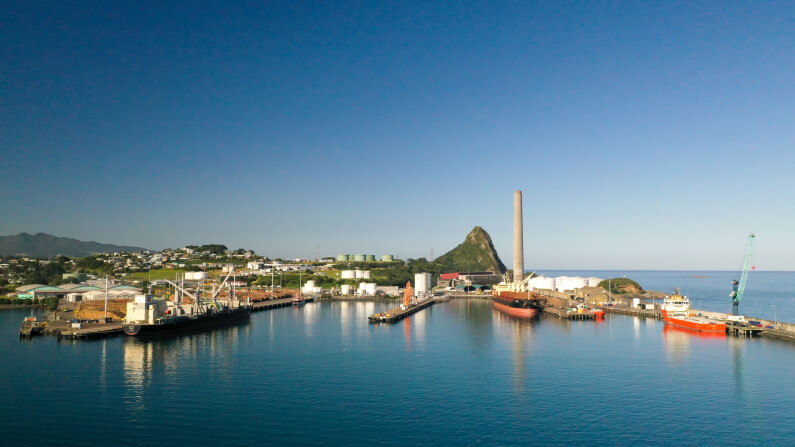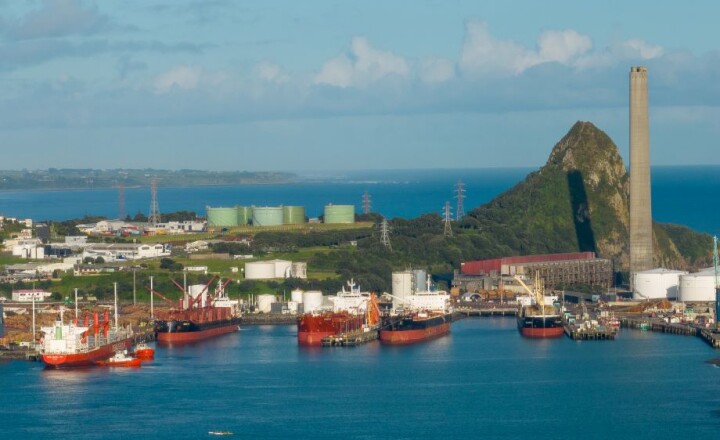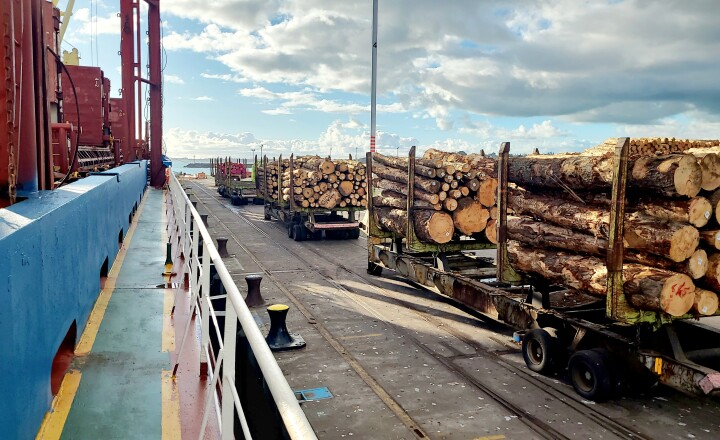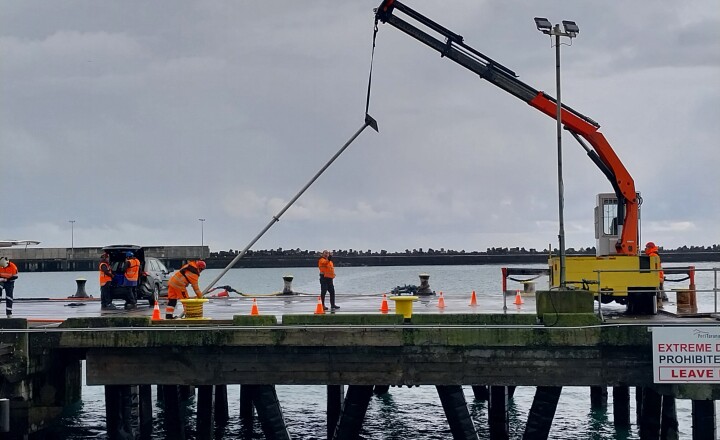
Last winter’s energy crisis had a marked impact on the first half of Port Taranaki’s 2024-25 financial year.
For the six months to 31 December 2024, Port Taranaki recorded total trade through the port of 1.48 million tonnes – a 565,000 tonne, or 28%, decrease on the corresponding six months in 2023.
Central to this reduction was a 500,000 tonne, or 42%, drop in overall liquid bulk volumes, including methanol, across the port to 692,000 tonnes.
“Methanex is our largest customer, so any change in methanol production has an impact on overall bulk liquid volumes and, subsequently, total trade volumes through the port,” Port Taranaki chief executive Simon Craddock said.
“Although it impacted our business, we supported Methanex’s decision last year to cease methanol production for a period and then move to a one-plant operation so gas could be used to produce electricity and prop up New Zealand’s constrained energy market. These were decisions born out of necessity, through a combination of a dry year for electricity generation and the decline in gas reserves.
“At the time, we said the situation highlighted the need to find a quick solution to the energy shortage to ensure short and long-term energy security and resilience, and we remain committed to being part of the solution, such as the port of entry for LNG imports in the short to medium term, and as a base for offshore wind energy production development in the longer term,” Mr Craddock said.
For the six months to 31 December 2024, Port Taranaki recorded a net profit after tax of $3.87 million, which was 9.4% down on the $4.27m for the corresponding period in 2023.
Total revenue for the period was $25.91m, which was down on the $27.43m recorded in the same period the previous year. Operating costs were $19.57m, compared with $20.81m, as marginally higher personnel costs were offset by lower insurance and repairs and maintenance costs.
Subdued demand in China resulted in first-half export log volumes being down 49,000 JAS (Japanese Agricultural Standard tonnes), or 11%, to 410,000 JAS, while dry bulk trade was up 7,000 tonnes to 368,000 tonnes.
The reduction in liquid bulk volumes had a flow-on effect on vessel visits for the first half of the financial year, with 115 vessels coming to port, down 11 on the same period in 2023.
“It was a difficult first six months of the year, not only for our business but for our customers as well, and we thank them for their ongoing support during challenging times.
“Our Port Taranaki team have worked extremely hard to produce an interim result which, while lower than recent years, is commendable considering, and in spite of, the tough market, trade and business conditions,” Mr Craddock said.
Owned by the community through the Taranaki Regional Council (TRC), dividends paid to the council help offset regional rates. A final dividend of $3.00m for the 2023-24 financial year was paid to the TRC in October, and an interim dividend of $4.00m has been approved for the 2024-25 financial year.
Mr Craddock said trading in the second half was forecast to be higher than that recorded in the first six months of the year, following Methanex recommencing production in November. However, challenges remained in the energy industry and for the region.
“Looking towards the end of the financial year, economic conditions are mixed, with green shoots in some areas, but times are tough for many of our customers, and we’ll continue to work with them to help make trading and business as easy as possible.
“We realise that with the reduction in New Zealand’s oil and gas reserves during the past 12 to 24 months and the idling of one of the two methanol plants at Motunui, we are likely to have a lower liquid bulk business in the future. This will necessitate looking closely at all expenditure, our operational footprint, and how we configure our business.”
Mr Craddock said Port Taranaki had been encouraged by the Government’s renewed focus on unshackling the energy sector and enabling fresh investment.
“We believe Port Taranaki has the location, enabling infrastructure, and skills, to support new business across multiple industries, including renewable energy, LNG imports, offshore decommissioning, and mining. We look forward to playing our part to help these big opportunities become reality,” Mr Craddock said.
He said Port Taranaki would also look to capture more offshore work.
“We’ve successfully started providing regular offshore marine services for offtakes at the Maari oil field, and have been upskilling our marine team, including marine pilots and tug and launch crews.
“We have the location, vessels and ability to support offshore activity and have fixed costs, which means we can support these services at a low cost,” Mr Craddock said.


